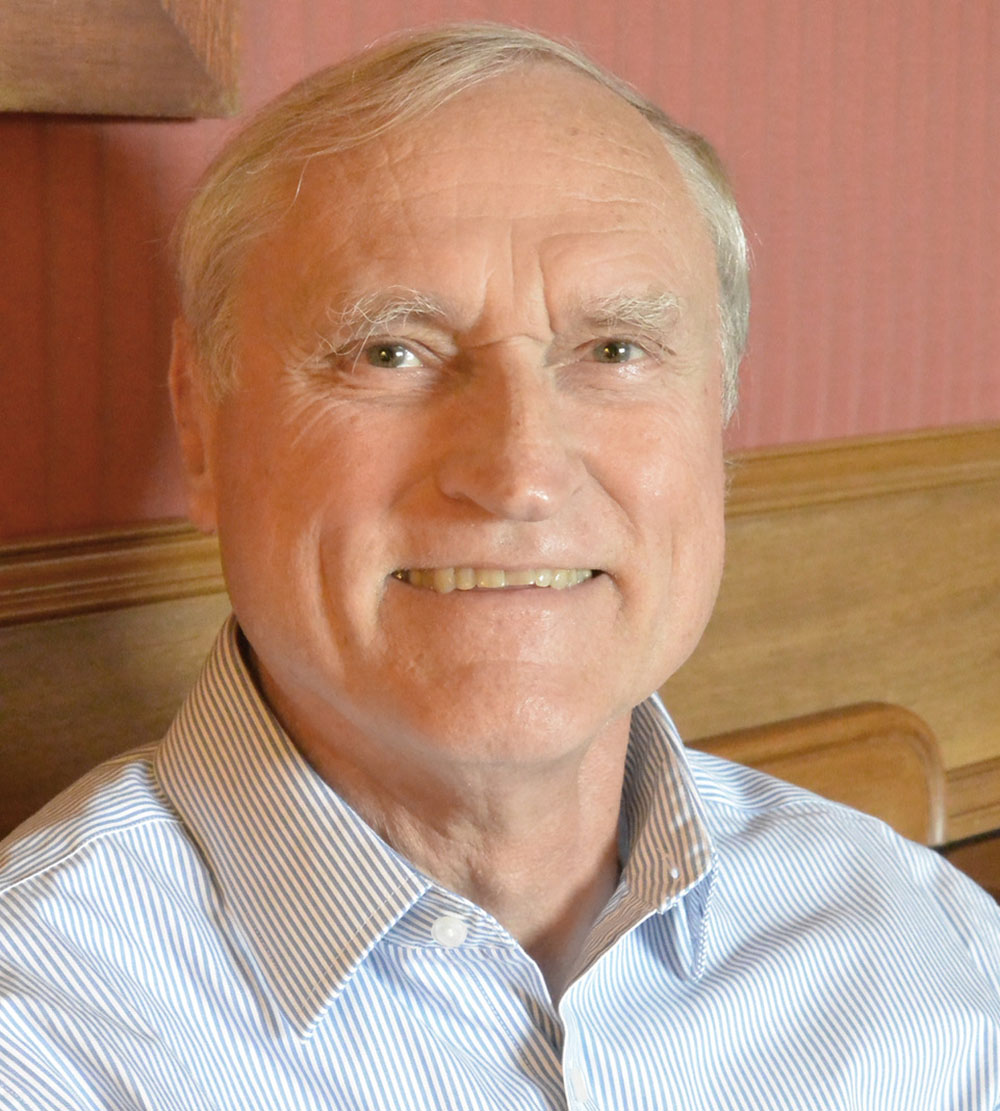
Richard Schoen
Distinguished Professor, Excellence in Teaching Chair
University of California, Irvine
Biography
Dr. Richard Schoen received his PhD from Stanford University in 1977. He held positions at the Courant Institute, UC Berkeley, and UC San Diego before returning to Stanford as Professor in 1987. In 2014 he joined the UC Irvine faculty as Distinguished Professor and Excellence in Teaching Chair, positions which he currently holds. Schoen is a leader in geometric analysis and its application to differential geometry, partial differential equations, and general relativity. His proof (with S.-T. Yau) of the positive energy theorem in general relativity demonstrated that Einstein's theory is consistent and stable; his work on the regularity theory of harmonic maps and minimal surfaces had a lasting impact on the field; he has made fundamental contributions in the study of conformal geometry and scalar curvature, especially the solution of the famous Yamabe Problem.
Dr. Schoen has received numerous awards and distinctions. He was a plenary speaker at the International Congress of Mathematicians (ICM) twice: in Berkeley in 1986, and in Hyderabad in 2010. He has been the recipient of Sloan and Guggenheim Fellowships, and from 1983 to 1988 he held a MacArthur Fellowship. In 1989 Dr. Schoen was awarded the Bôcher Prize by the American Mathematical Society for his resolution of the well-known Yamabe problem. In 2017 he was awarded the Wolf Prize, the Hopf Prize, the Rolf Schock Prize, and the Lobachevsky Medal.
Dr. Schoen is a member of the American Academy of Arts and Sciences and the National Academy of Sciences. He has served on the Board of Governors of the Institute for Mathematics and its Applications and on the Fachbeirat of the Max Planck Institute for Gravitation in Golm, Germany. Dr. Schoen also serves on several editorial boards.
Lectures
Monday, April 15, 2024
Lecture I (Public Lecture)
Geometry is a singular subject
Lewis Lab 270; 7:30 PM; Lobby Reception at 6:45 PM
Wednesday, April 17, 2024
Lecture II
Geometric aspects of General Relativity
Neville 1; 4:30 PM
Thursday, April 18, 2024
Lecture III
Minimal surfaces in higher codimension
Chandler-Ullmann 218; 4:30 PM
Abstracts
Lecture 1
Title: "Geometry is a singular subject"
Abstract: A great deal of current research in differential geometry has to do with what mathematicians call singularities. These range from corners which arise in optimal networks and compound soap bubbles to infinite curvature regions in geometric flows to black holes in general relativity. This talk will attempt to explain in a non-technical way what a singularity is and how they arise in some examples. In addition we will give a broad outline of the role of singularities in proofs of major theorems including the Poincare conjecture, differentiable sphere theorem, and the Penrose singularity theorem in general relativity.
Lecture 2
Title: Geometric aspects of General Relativity
Abstract: We will introduce the Einstein equations of general relativity which describe how the spacetime geometry interacts with matter fields. The energy conditions on matter fields induce constraints on the geometry. In this lecture we will explain in a general way the nature of these constraints and introduce some of the mathematical tools which can be used to study such geometric problems. We will especially focus on the importance of minimal hypersurfaces in the study. Finally we will briefly describe how some theorems in the subject are affected by singularities which can arise in these hypersurfaces in higher spatial dimensions.
The talk will be aimed at a general mathematical audience.
Lecture 3
Title: "Minimal surfaces in higher codimension"
Abstract: In the previous lecture we saw the relationship of stable minimal hypersurfaces to the geometry of Riemannian manifolds with non-negative scalar curvature. If we ask how stable minimal submanifolds in higher codimensions relate to Riemannian geometry we find many open problems. For two dimensional surfaces in higher codimension there are complex analytic methods which yield some information. For higher genus surfaces such methods are not well understood. We will introduce this subject and describe recent progress on the structure of stable minimal surfaces and applications to manifolds with positive isotropic curvature. The talk will be aimed at a general mathematical audience.

